For most of us, the eureka moment in crypto was probably taking out a loan on-chain. Instead of going through weeks of paperwork with TradFi banks, we could now take matters into our own hands by just clicking a few buttons on lending protocols like Aave and Compound.
Lending protocols proved to be a formational building block upon which a whole suite of DeFi activity is facilitated. This includes, but is not limited to, taking a leveraged position to maximize profits, hedging against risks, deploying capital for yield farming, and allocating capital for daily expenses.
The significance of DeFi lending has further increased this past year as we watched the fallout of centralized lending platforms like Celsius and institutional banks like Silicon Valley Bank (SVB). While the reasons for failure are not entirely the same, a common thread among them is their centralized nature.
So taking the decentralized path to allocate and form capital is an enticing alternative. But is it accessible to the masses? Can users manage their debt positions on their own? How will users adapt to the markets as we step into a multi-chain world? So many questions that are yet to be answered.
While lending and borrowing protocols will continue to be an essential component of the crypto economy, further innovation is needed to create a more seamless user experience. At the forefront of this innovative charge in DeFi lending is Fuji Finance.
Before diving into the intricacies of Fuji Finance, let’s understand the current problems of DeFi lending in more detail.
The Problem with DeFi Lending Markets
The current state of lending markets presents a trade-off between convenience and cost optimization. It's a result of a multitude of underlying challenges, which include:
Variable interest rates
When you take out a loan, the interest rate plays a crucial role. You want this number to be as low as possible. In DeFi markets, the interest rate varies at a high frequency, and you have to constantly monitor and refinance to decrease your cost of capital.
The interest rates vary based on two main factors: the size of the lending pool and the utilization ratio. If demand is higher than supply (meaning more money is borrowed than deposited), then the liquidity pool incentivizes lenders with higher interest rates, and borrowing becomes expensive and vice versa.
High Management Costs
Monitoring loan terms across protocols on multiple blockchains is time-consuming. And even if you found better rates, they can easily change on any given day. This becomes more arduous as you add new debt positions.
Along with time cost, you also have to consider transaction costs when trying to refinance. For example, if you found lower interest rates on a different blockchain, you have to bridge your collateral to create a new loan. And this would involve multiple transactions which can add up quickly based on the gas fees.
Poor User Experience
As the markets start to expand to more chains and new markets emerge, it becomes challenging to effectively manage debt. The fact that these markets operate in silos also doesn’t help with debt management.
Additionally, the process of monitoring markets and refinancing debt positions is not ideal for non-crypto natives. There are too many steps to follow and too many protocols to interact with, making it a burden for any average user.
Limited Returns
DeFi loans are usually overcollateralized. This is because the markets can be volatile and bring down the collateral value pretty quickly. So as a borrower, you need to have more capital available than what you wish to borrow.
As a result, the extra collateral you deposit either generates no return or a limited return on a low borrowing rate. This means you can’t explore other opportunities and control the amount of risk you’re willing to take for the best possible yields.
So what can be done?
To solve these challenges and offer users both convenience and cost-optimization, lending markets need a middle layer in the form of aggregators. It no longer makes sense for a user to interact with all these protocols and spend a ton of time in decision-making.
With aggregators, user-protocol interactions are abstracted, and the user experience is streamlined as everything is managed on one interface. Aggregators also add a layer of protection by sourcing liquidity from multiple protocols.
Fuji Finance is here to solve exactly these problems. So no more chit-chat, let’s dive in.
What is Fuji Finance?
Fuji Finance is a cross-chain lending and borrowing aggregator platform that optimizes borrow rates and simplifies debt management. Fuji analyzes money markets on different protocols and chains to find the best rates. When the best rate is identified, Fuji automatically refinances and opens a new loan position with better rates in a single transaction.
The idea to build Fuji originated during a hackathon hosted by ETHGlobal in January 2021. The team initially laid out the framework to build a borrowing aggregator which took form as Fuji v1 in early 2021. Since then, the Fuji team has made tremendous improvements to the aggregator, from going multi-chain (v2) to supporting more markets across protocols. The team also did a soft rebranding from FujiDAO to Fuji Finance.

How Does it Work?
The Fuji aggregator has multiple internal operations that work in conjunction to make debt management seamless for users. These operations include finding the best interest rates, auto-refinancing, and cross-chain borrowing. Let’s understand how each of these operations works and how they translate to potential use cases in lending.
Finding Best Rates
The first background operation on Fuji is finding the best interest rates. This operation has different mechanics as Fuji evolved from V1 to V2. In the first version, Fuji’s core system design used three components for finding the best rates: vault, controller, and lending-borrowing market.
The vault is the main interface for users. They interact with the vault to deposit, withdraw, borrow, and payback loans. Underneath, each vault represents isolated pairs of collateral and asset types which improves risk management.
Once a user deposits in the vault, the controller comes into play and starts comparing the interest rates for the collateral-asset pair on different money markets such as Aave, Compound, and Iron Bank. After finding the best interest rate, the controller labels that particular lending provider as the active provider. Unless the controller identifies a better rate, all the user actions go through the same provider which is called from the vault.

In the case of Fuji V2, the role of controller ceases to exist and DYDX is no longer part of the liquidity sources. The user on V2 interacts with a router contract that bundles multiple transactions and rebalances their debt position with the best interest rates.
Furthermore, the vaults in the V2 will adopt the ERC-4626 tokenized standard to add more functionality for debt management. This vault standard was developed to make the integration of yield-bearing tokens into DeFi apps more seamless. Before ERC-4626, developers had to create custom solutions for each yield-bearing token for integration. Now it’s possible to follow a consistent standard to develop new use cases for yield-bearing contracts without worrying about smart contract risk.
As a result, users can choose different strategies and functionalities for a vault to better manage their yield-bearing assets and debt tokens. For example, if you want to focus on generating low-risk returns, you need to select a vault that is lending-optimized and allocates capital in the right lending pools and yield farms. A few other areas that can be optimized with the vault are compounding interest, self-repaying loans, and yield farming.
Refinancing Using Flash Loans
Auto-refinancing is a critical component of Fuji Finance. When better interest rates are discovered by the controller, it triggers a rebalance operation that moves debt and collateral from one lending protocol to another.
But closing the existing loan position is not as simple as it seems. This is because the borrowed amount can be allocated elsewhere and it doesn’t have to be the same token. So repaying the debt with a different token is challenging.
That’s why Fuji is using flash loans. A flash loan is an uncollateralized loan where the user borrows and pays back the loan in the same transaction. Fuji has automated the process of taking flash loans and is integrated into the core system design.
Fuji leverages flash loans for closing a position and porting debt and collateral to another lending market. This is an important feature of Fuji because you don’t have to worry about which tokens you have as you can always use collateral or debt swap.
Cross-Chain Borrowing
Cross-chain borrowing is the core feature of the latest upgrade Himalaya or Fuji v2. You can leverage this feature in multiple ways. You can deposit on one chain A and take the loan out on chain B. Or do it three-way where depositing, opening a position, and borrowing the amount happens on three different chains.
To build this cross-chain functionality, Fuji leveraged two key pieces of technology: Connext bridge logic and debt permits.
1. Connext Bridge Logic
Building cross-chain apps adds a new component to bridging assets. Instead of users leaving the interface to bridge, apps need to integrate the bridging logic into the same interface and make it into a single consolidated experience. This is what Fuji has done by using the bridging capabilities of Connext.
Connext is a modular interoperability protocol that empowers dApps to go cross-chain by providing an execution bridge and an intuitive UI that makes onboarding seamless from any chain the user is on. Fuji has chosen Connext for cross-chain transfers because it prioritizes security and trust minimization above all else.
With Connext, Fuji can wrap any user action using xCall functions and perform cross-chain operations. This is an important integration by Fuji because users don’t ever have to leave the UI to bridge assets.

2. Debt Permits
Going cross-chain brings many UX challenges. When you transfer assets, you have to sign multiple transactions for authorization. And it can be hard for users to understand and verify what’s happening at each stage of token transfer.
That’s why Fuji is implementing the EIP-712 and EIP-2612 standards to create debt permits. These are permits that grant access to the applications to use or spend your tokens in a non-custodial manner. So once you sign one transaction for approval purposes, the app will handle the rest of the transactions. As a result, the time and gas fees spent will reduce drastically.

On Fuji, these debt permits enable withdrawal and borrowing operations on behalf of users without them being the main function caller. All they have to do is sign a message indicating permission granted (EIP-712 plays a role here) and the app will abstract the rest of the operations.
You can check what this cross-chain functionality looks like in action below.
https://www.youtube.com/watch?v=7r0e074HJvg
Potential Use-Cases
With the release of Fuji V2 Himalaya, the number of use cases in lending and borrowing markets continues to grow. These use cases mainly represent the enhancement in user experience and capital efficiency in DeFi, and they include:
One-Click Leveraged Bets
If you can use leverage effectively, you can increase your gains significantly. In lending and borrowing markets, you can take leverage by using your borrowed amount to take new directional bets. For example, if you’re bullish on ETH, you can deposit your ETH holdings on a lending protocol and borrow stablecoins. You can then use these stablecoins to buy more ETH.
While this unlocks better capital efficiency, it imposes user experience challenges as users have to make multiple deposit and swap transactions. This is where Fuji shines. With a single transaction, Fuji allows users to leverage bets, while still monitoring markets for better interest rates. Under the hood, Fuji bundles transactions and performs all the deposits, borrows, and swaps in one go.
Self-Paying Loans
Fuji V2 offers a strategy where incentives from lending protocols are used to repay loans. These incentives are offered by protocols to increase productivity on both the lending and borrowing sides, creating more robust markets.
Traditionally, users collect these incentive rewards manually and sell them on the market. With Fuji, the harvesting and compounding operations of liquidity mining rewards can all be automated. This allows DeFi users to explore other opportunities without worrying about liquidation as the collateral continues to increase.
Yield Generation Using Unused Collateral
The price volatility of crypto demands users deposit more than they borrow. This leaves a good chunk of capital on the sidelines, generating no yield whatsoever. Fuji can solve this problem by allowing users to define a safe threshold for the loan-to-value ratio. If the ratio is above the threshold, excess capital can be used in low-risk yield farms.
This is an important use case because users will have more yield farming opportunities as the markets expand to more chains. And by using Fuji, users won’t have to monitor each chain to find the right farm. They simply have to define the threshold and Fuji handles the rest, from finding low-risk farms to withdrawing capital to go risk-off during market volatility.
Collateral and Debt Swaps
Swapping collateral and debt assets can turn out to be incredibly capital efficient for users. For example, you have taken a loan against WBTC for $1000. But you soon realized ETH will outperform WBTC in the near-term and would rather prefer it as your collateral. This helps you increase collateral value, allowing you to repay the loan or borrow more funds.
But swapping collateral traditionally requires users to have a good understanding of flash loans and tools like Instadapp or DefiSaver. Even then, it is challenging to find better rates for the underlying debt position. With Fuji, all these complexities are abstracted away, making everyone's life easier.
How to Get Started on Fuji Finance
Fuji is offering two versions of its lending and borrowing aggregator where the difference is cross-chain functionality. With V1, you can borrow and use the capital on the same chain, whereas V2 allows you to go cross-chain and explore more opportunities. If you want to borrow and use capital on the same chain with V2, you still can! You just have added flexibility with how you use your assets.
While the V1 is live for anyone to use, the V2 requires guild access which is given to three different communities including LobsterDAO, ICO Drops, and Degenscore. NFT holders of these communities can test out the application. The team also mentioned users on the whitelist and those with a FujiCHAD, Beta-Tester, and FujiFlops role in Discord are given early access. If you don’t meet any criteria, you can join Fuji Discord to get more details on how to join the allowlist.
Once you do have access, go to the official site here. You will see a dashboard where you can monitor markets, manage your debt positions, and change chains. Currently, Fuji V2 supports four chains including Optimism, Gnosis, Polygon, and Arbitrum.
To start borrowing on Fuji, you should first decide on which type of vault you want to use. This involves selecting collateral and what debt token you want to use. Additionally, you have to check which vault offers the best market. You can simply select one of the “Best” options under the Networks column and you’re good to go.

After choosing the vault, you will be taken to the borrow page. Here, you have to select the collateral and borrowing asset. Since we are on V2, you can also send your loan amount or deposit collateral from different chains.
Once you have selected the right network and assets, you have to check the “Overview” section to understand all the loan terms like collateralization ratio, liquidation price, etc. That’s it! You can follow a similar process for all your positions and manage debt effortlessly.
The lending side of the aggregator isn’t currently live. The aim is to create vaults that are similar to the borrowing vaults, but instead of optimizing the borrowing rate, the protocol will look for better lending rates.

Meet the Fuji Team
Fuji Finance, an Estonia-based company, is co-founded by Boyan Barakov and Daigaro Cota. Before starting Fuji, Boyan worked as a CTO at Kawaa (an event management company) and Diegora worked in the Aerospace industry as an engineer for almost a decade. In 2021, they received funding from Spartan, Maven 11, Sushiswap, Delphi Digital, and Origin Capital.
We applaud the efforts put forth by the Fuji team over the last few years despite facing tremendous adversity due to market conditions. The challenge of building something new like a cross-chain lending aggregator is real and will take time to reach its full potential. As market participants, we can't wait to witness and take full advantage of it.
The Fuji Community
Fuji has built a strong community on social media including Twitter and Discord. The team has conducted many campaigns involving NFTs to incentivize active participation in the community. This meant community members were gaining exposure to future token airdrops and other rewards for early supporters. Overall, the community is growing steadily and members continue to onboard in the best ways possible.

Unbothered, Moisturized, Happy, In my lane — Fuji vibes.
Closing Thoughts
Lending protocols are one of the most important pieces of infrastructure built in crypto. They have redefined what capital allocation and formation look like, promoting financial inclusion on all levels.
But if we want to see the continuous growth of DeFi lending and attract mainstream users, we need to abstract away complexities of debt management and reduce operational costs. This is paramount because we can’t expect a non-crypto native to have the technical knowledge to navigate a multi-chain world that will be even more overwhelming in the future.
That’s why I am so excited about what Fuji Finance is building. By being an aggregator, Fuji is solving a multitude of problems in lending from optimizing interest rates to refinancing loans automatically.
Besides functionality, Fuji is also building to deliver exceptional user experience. This stems from its Connext integration in the latest Himalaya upgrade where bridging logic is abstracted away and users have to only sign a single transaction for cross-chain transfers.
I'm looking forward to seeing how Fuji will be used in the DeFi space and what new use cases can emerge from building on top of Fujj, and how the value creation is captured by the underlying protocol.













.webp)

.webp)
.webp)

%20(1).webp)

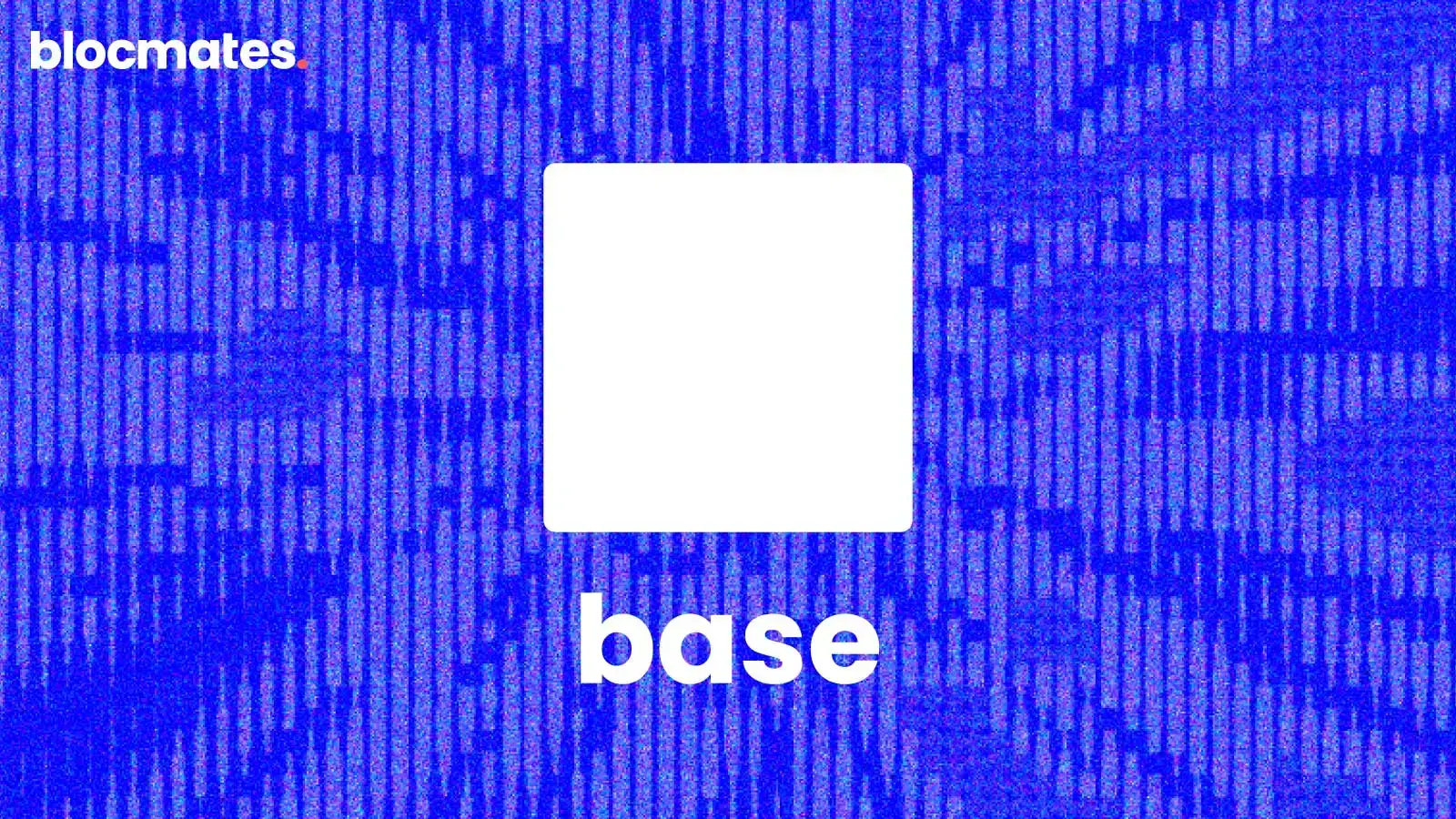



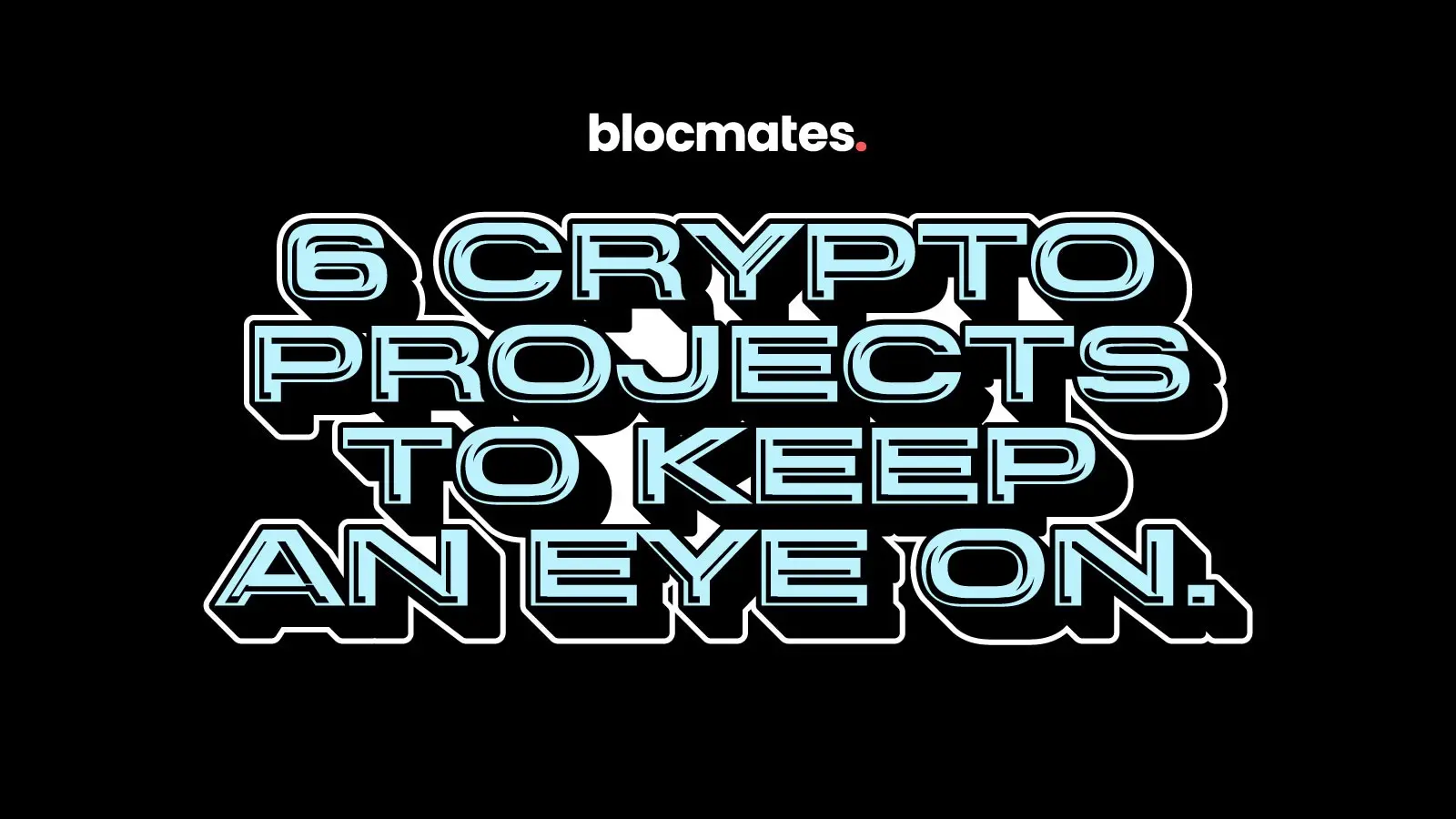
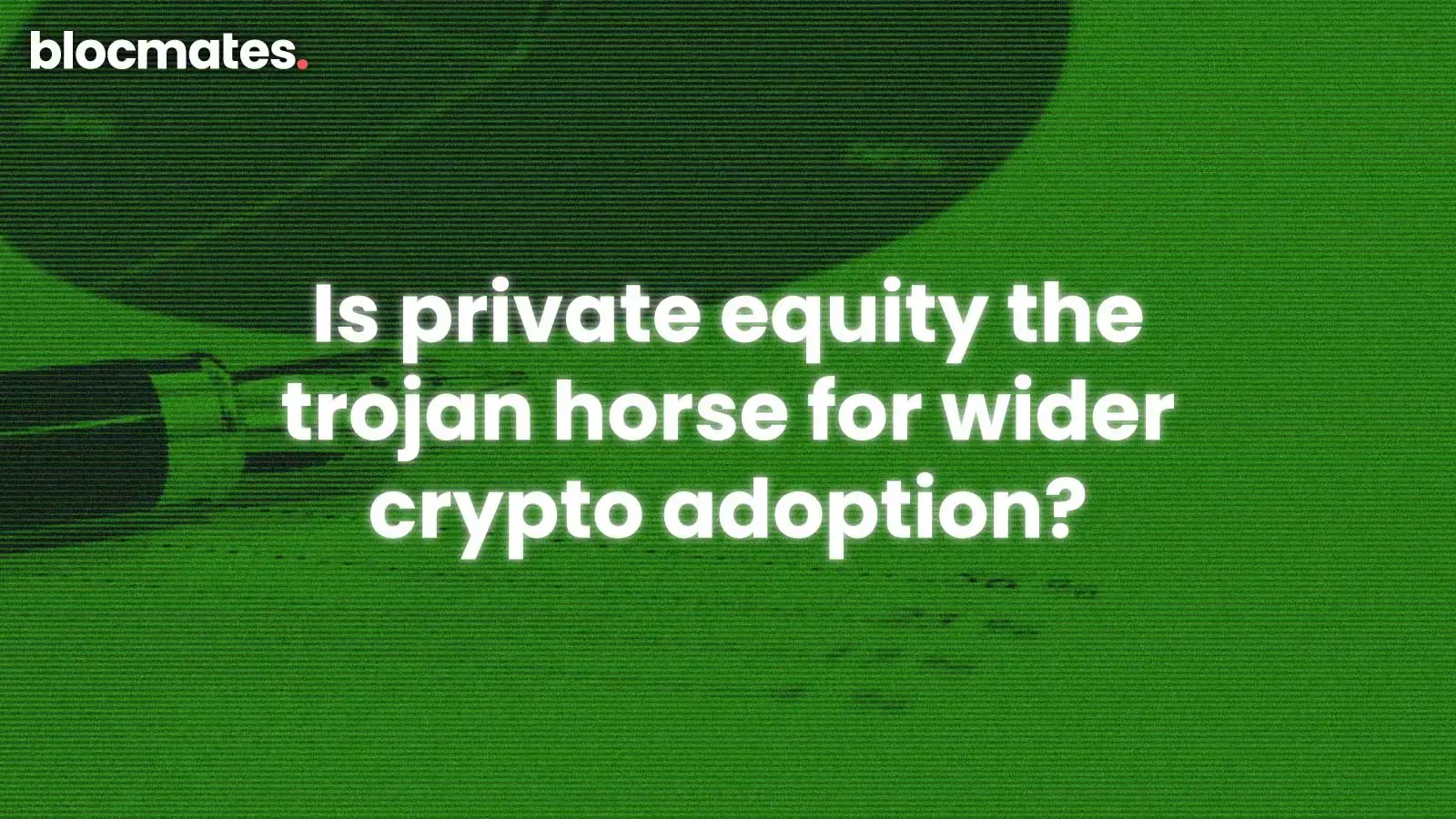


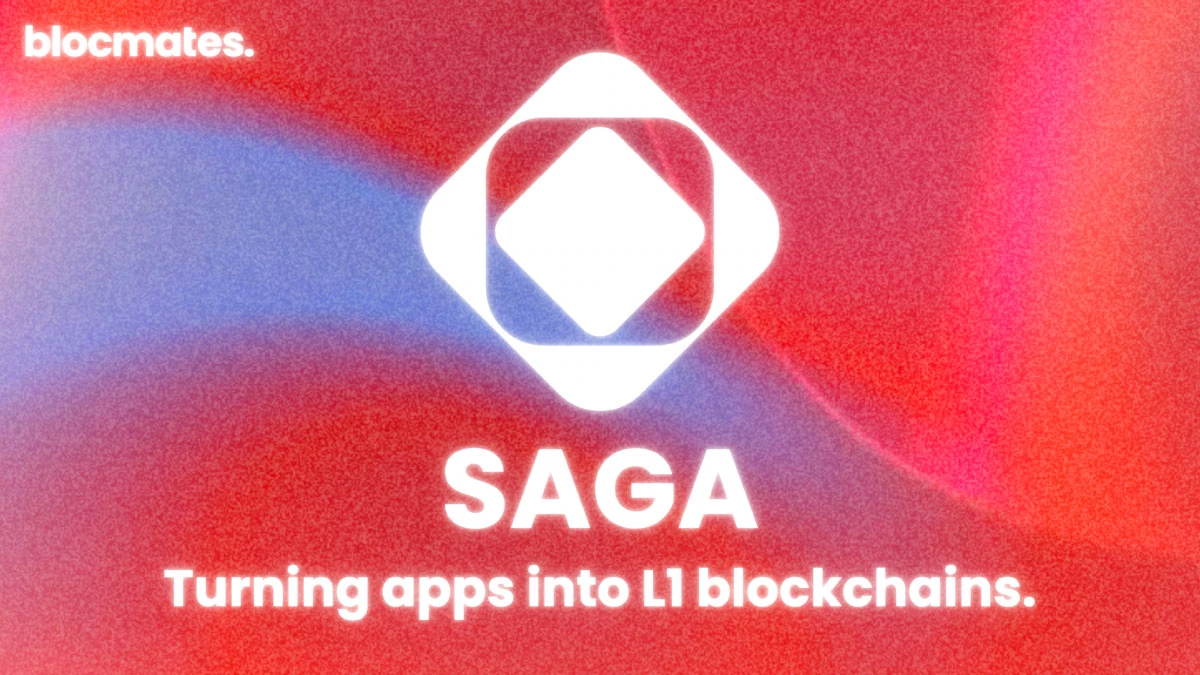


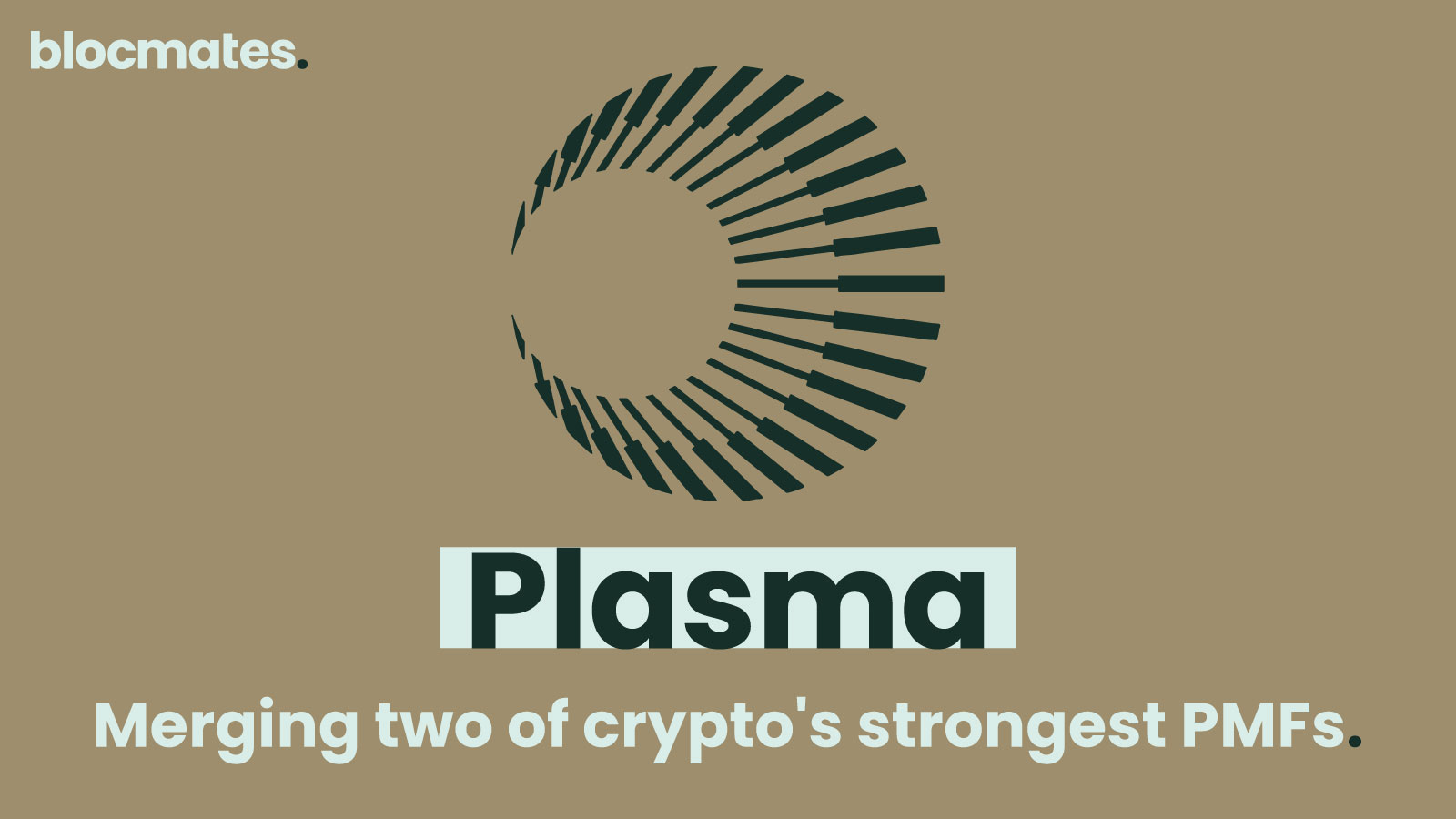



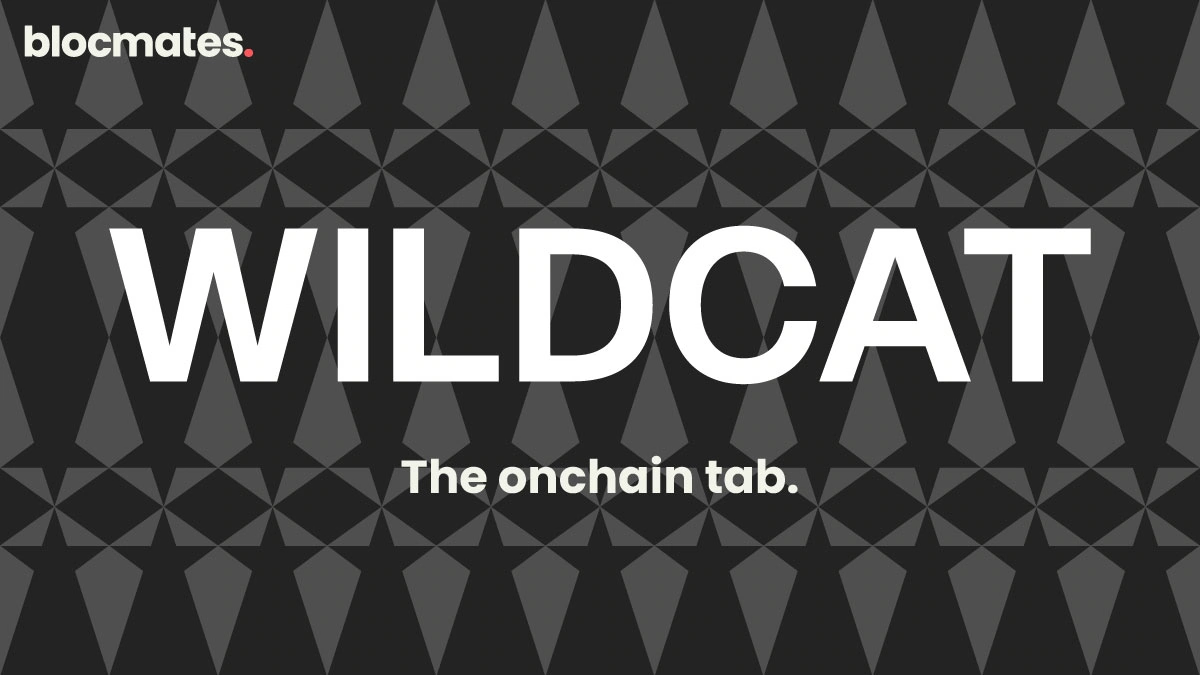
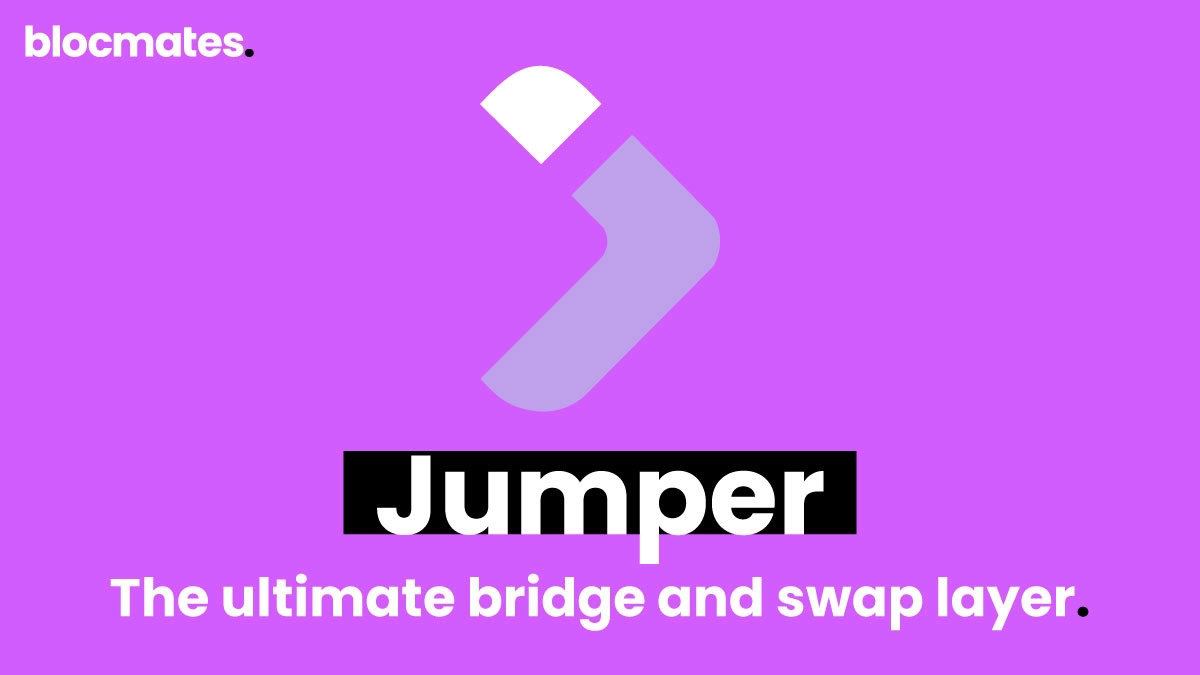
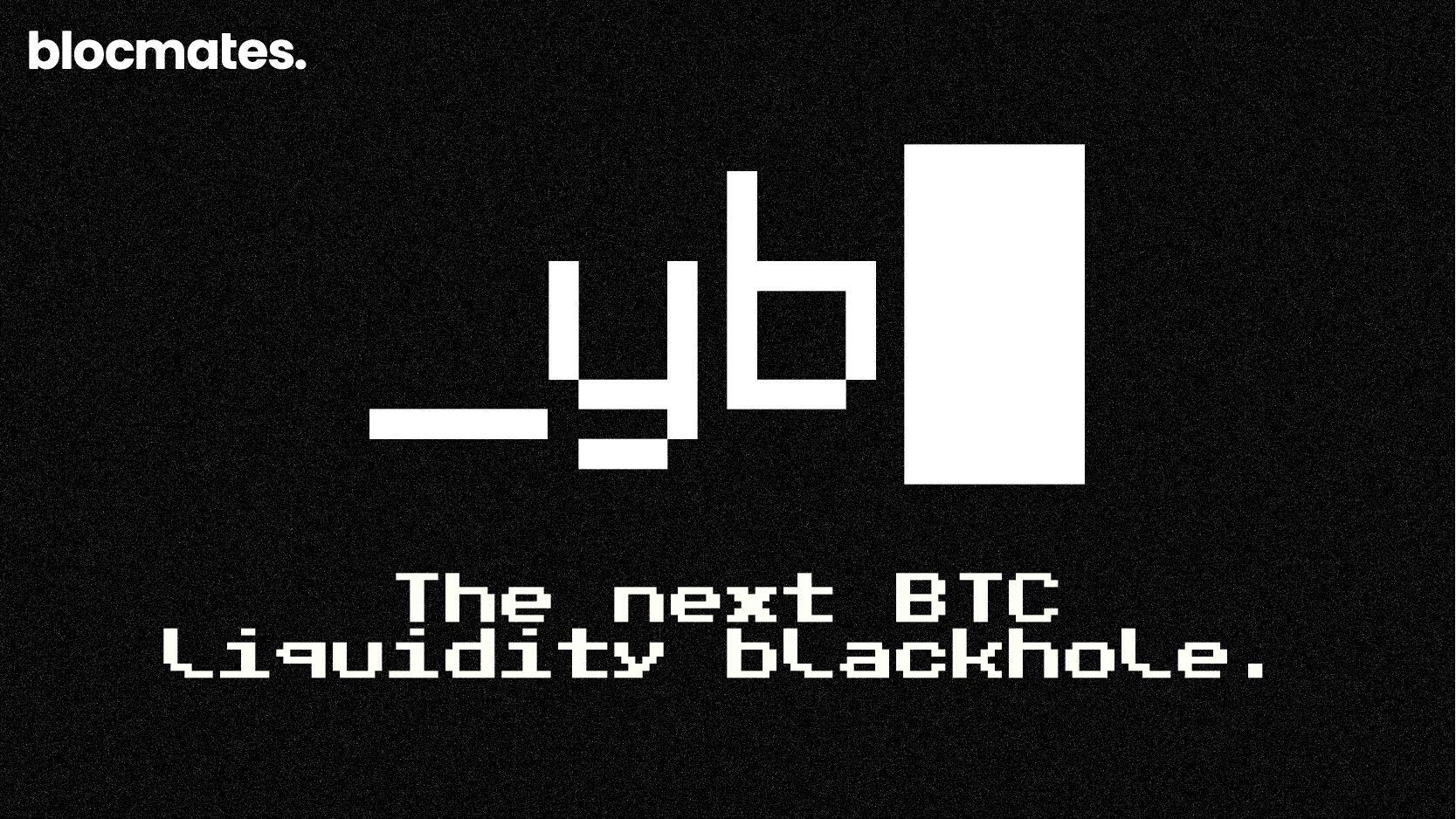
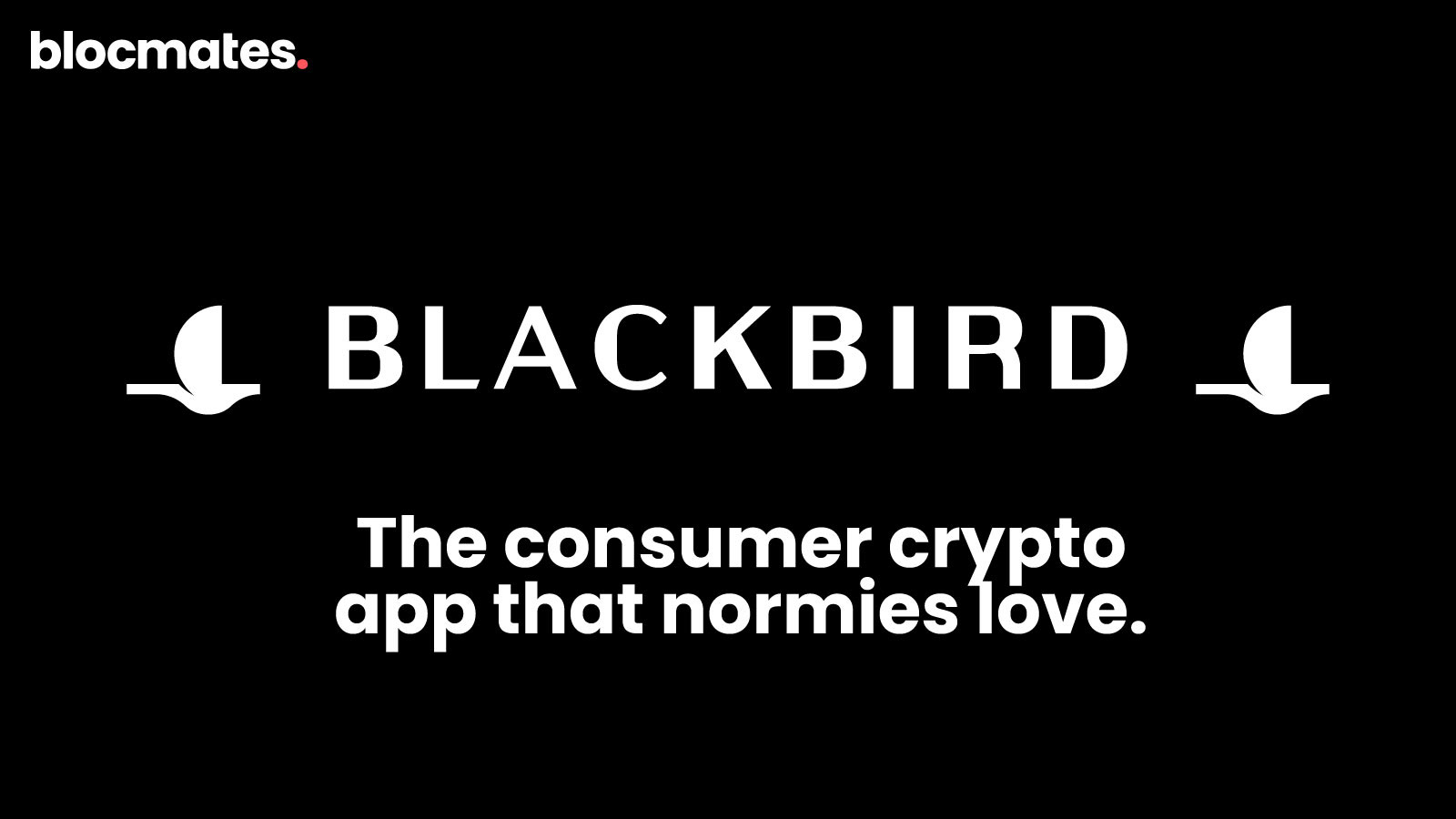


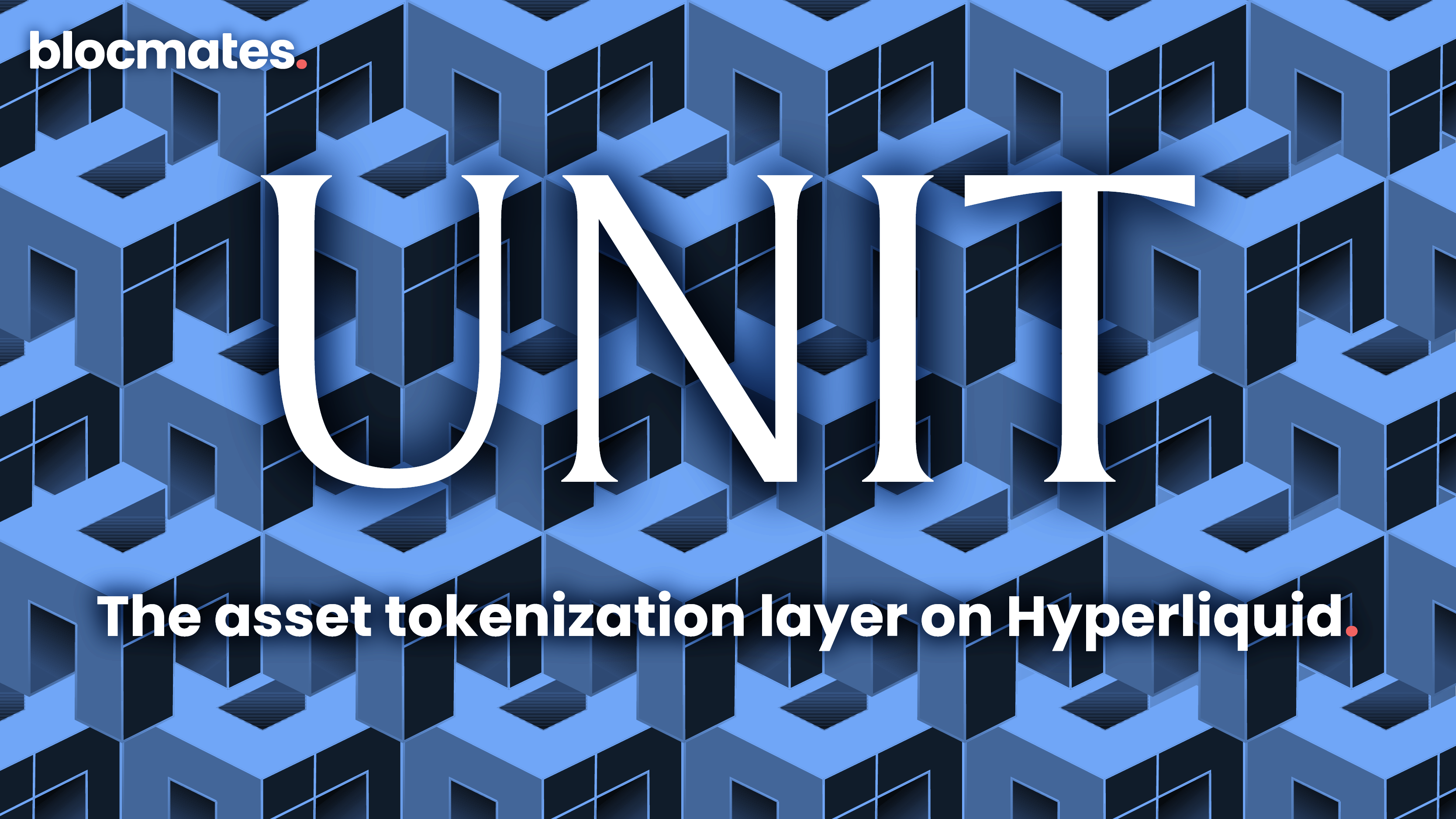




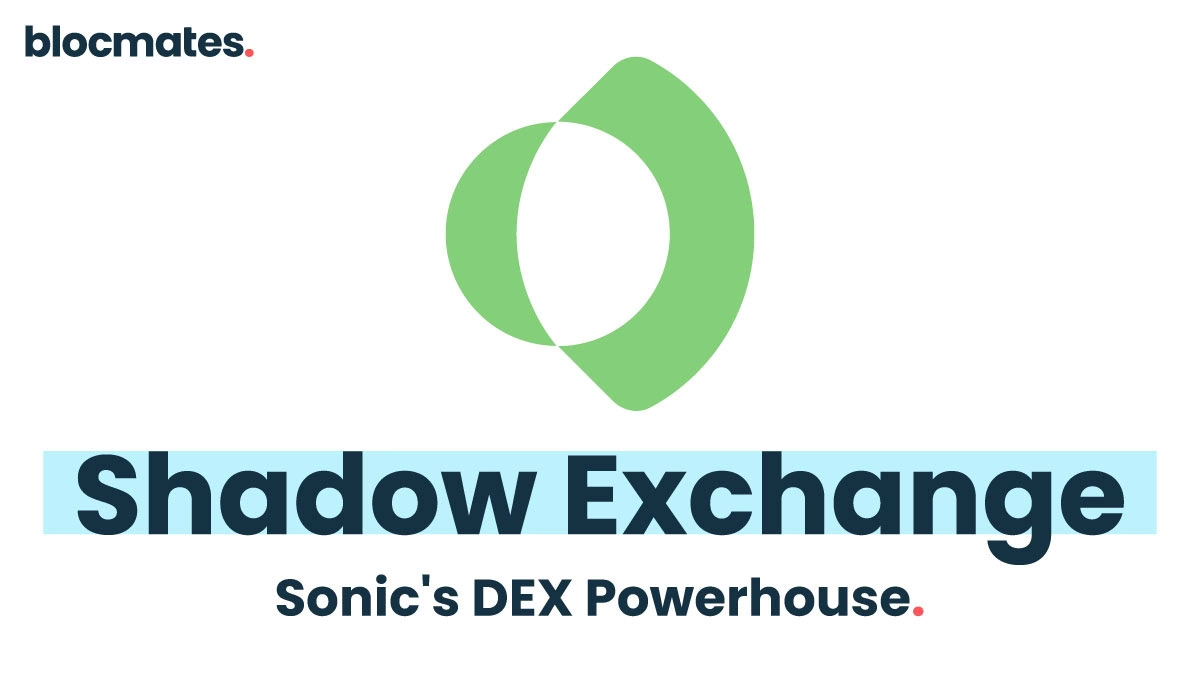


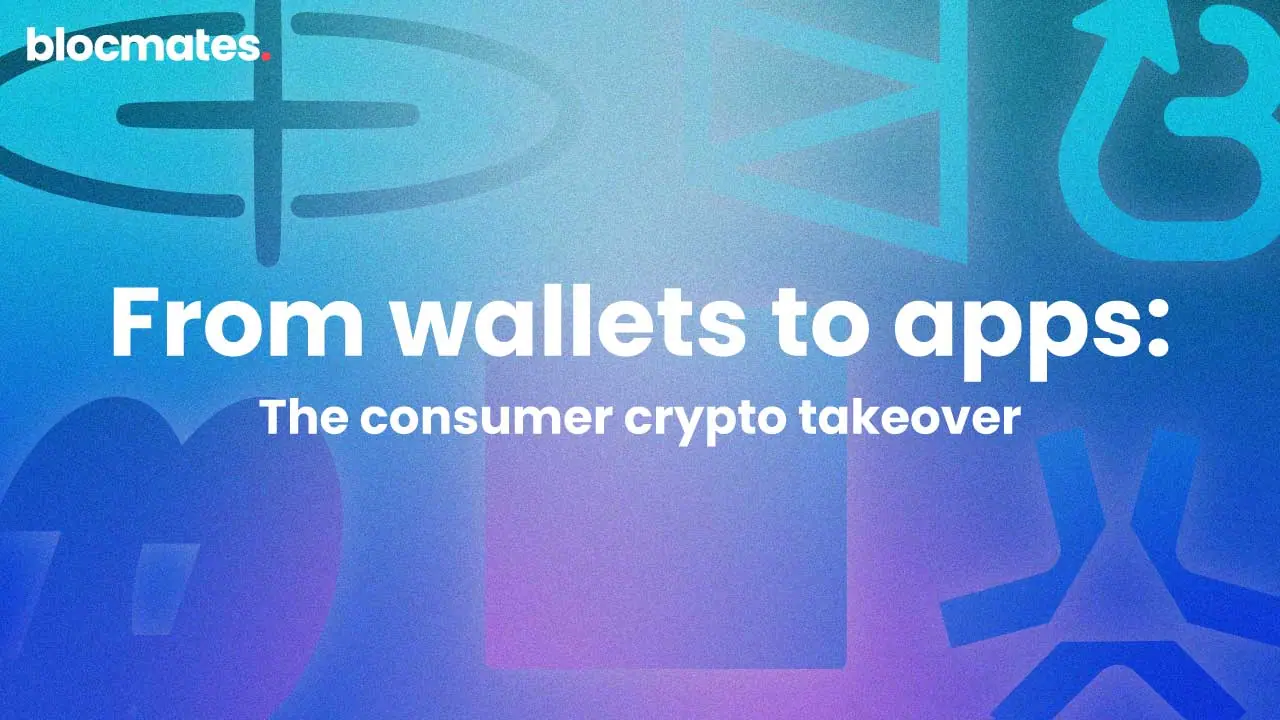




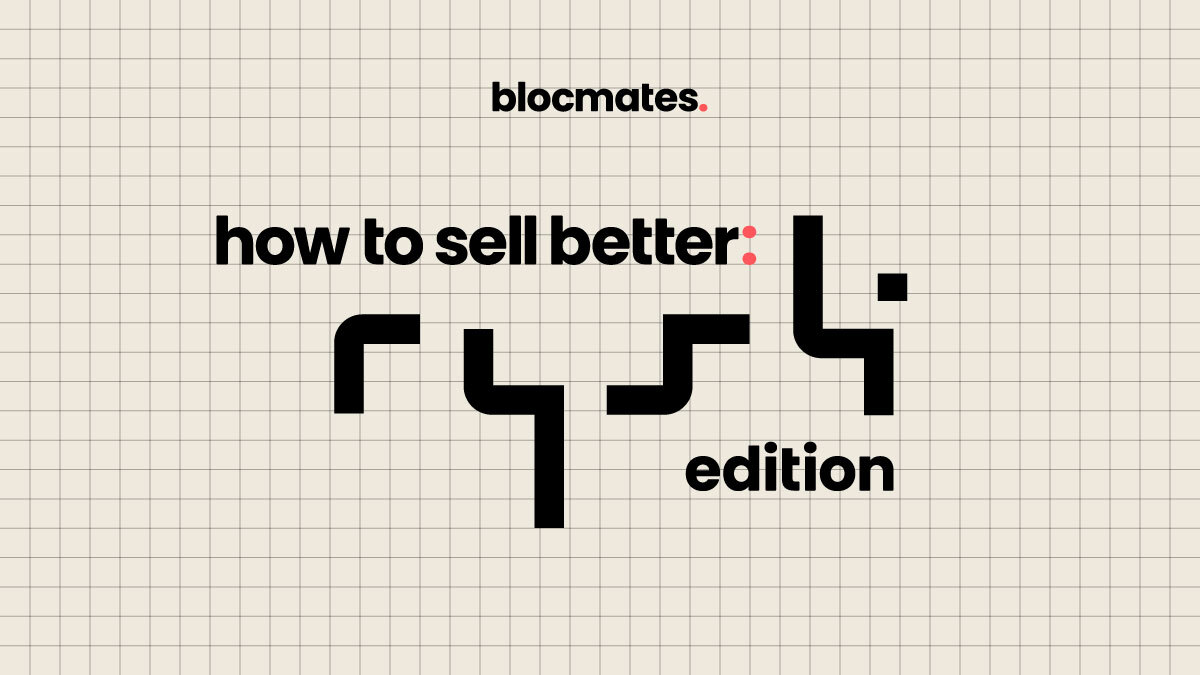























%202.webp)


.webp)

.webp)
.webp)
.webp)



.webp)

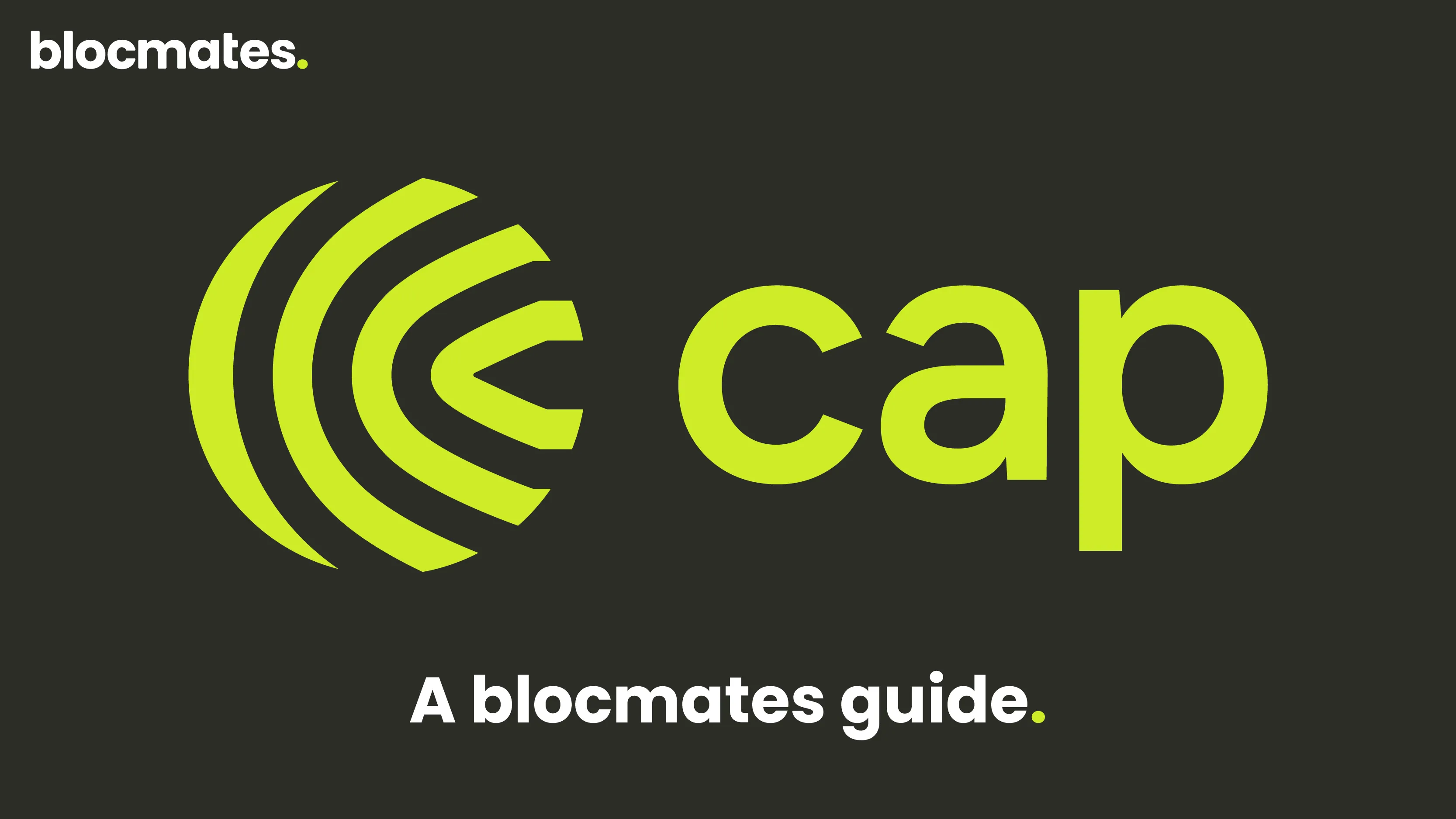










%20the%20Next%20Big%20Unlock%20in%20AI.webp)





.webp)
.webp)

.webp)
.webp)
.webp)


.webp)
.webp)










.webp)


.webp)









.webp)







.webp)
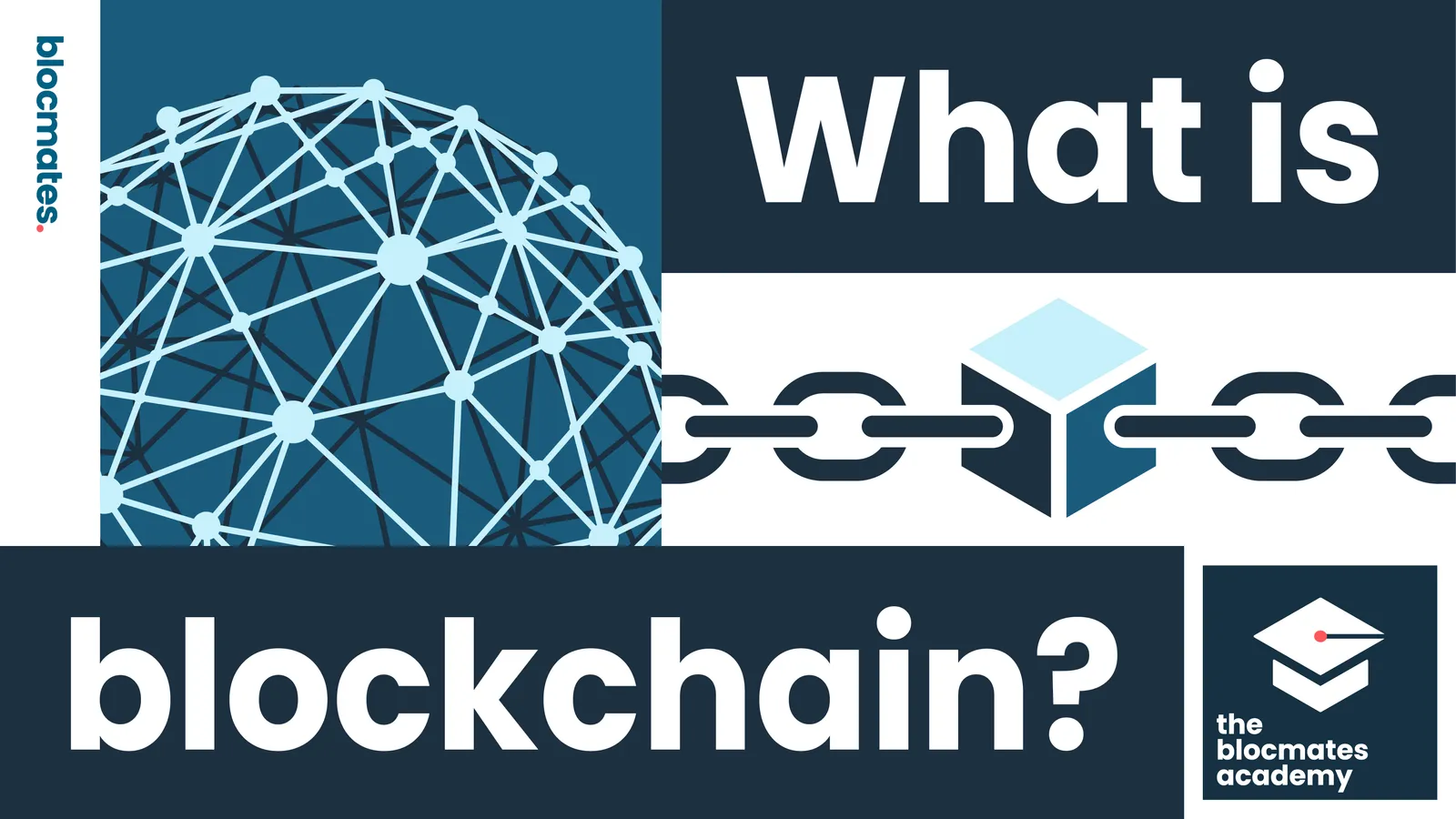



.webp)















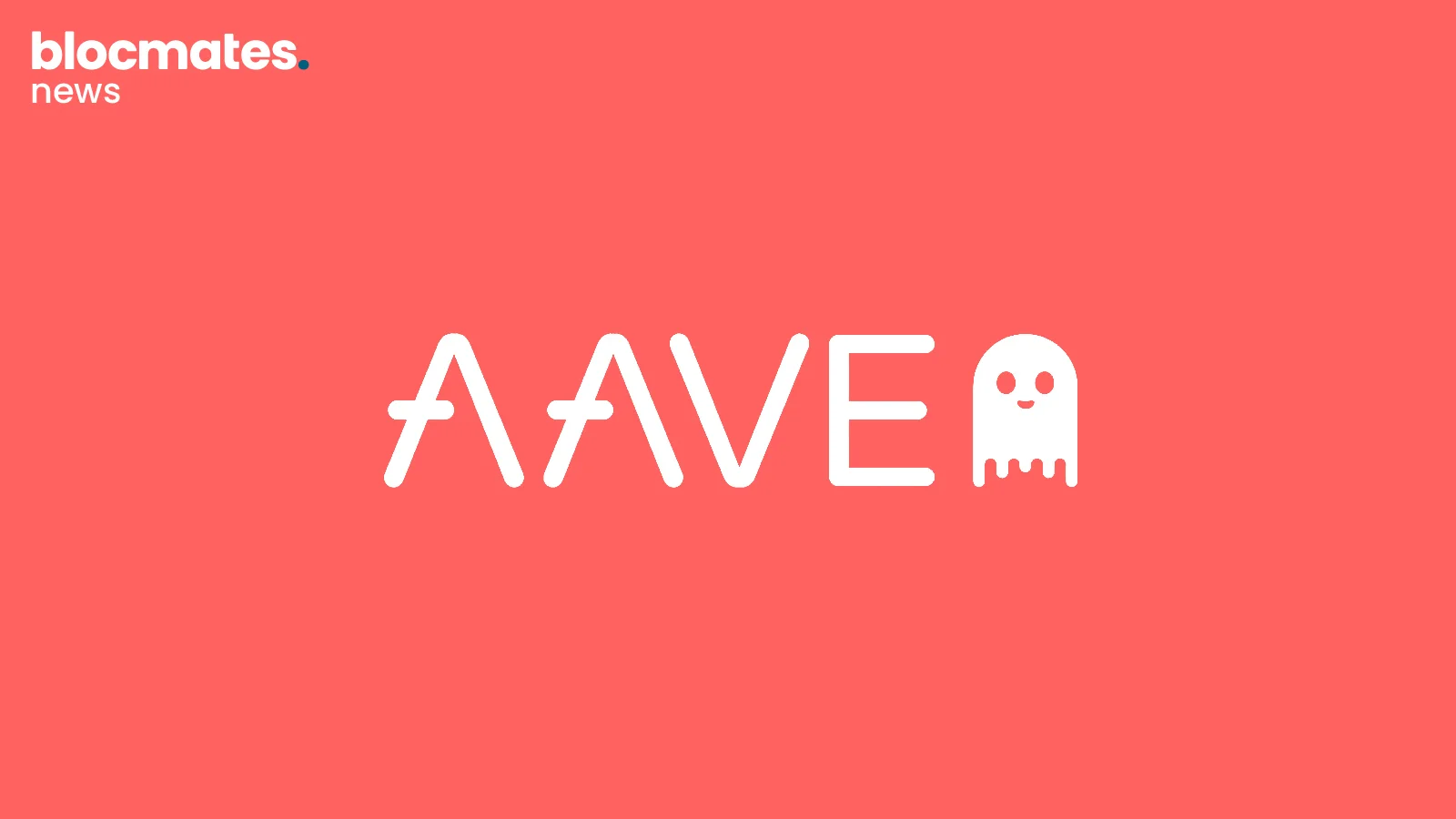









.webp)







.webp)




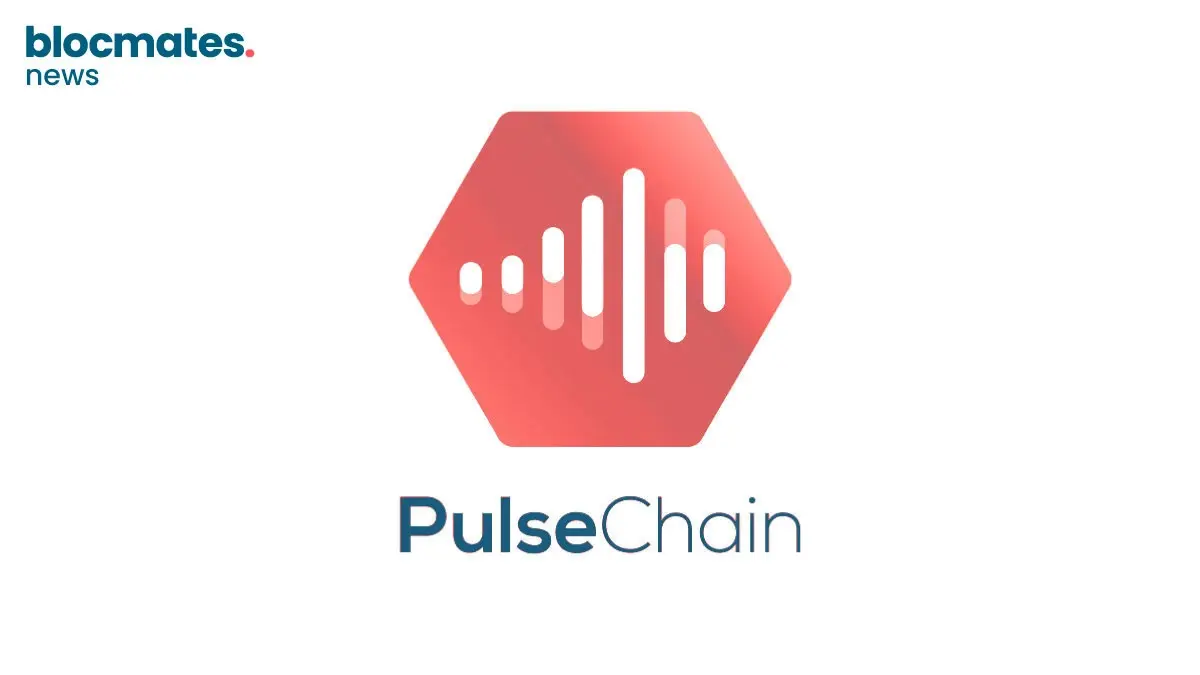
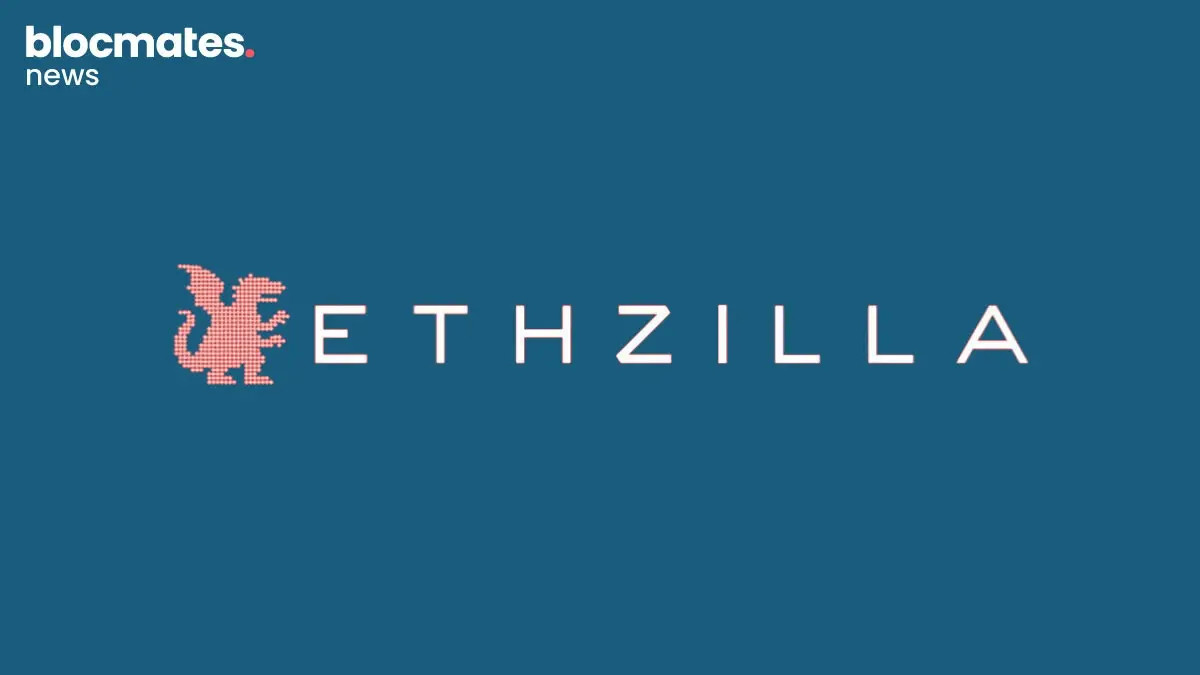
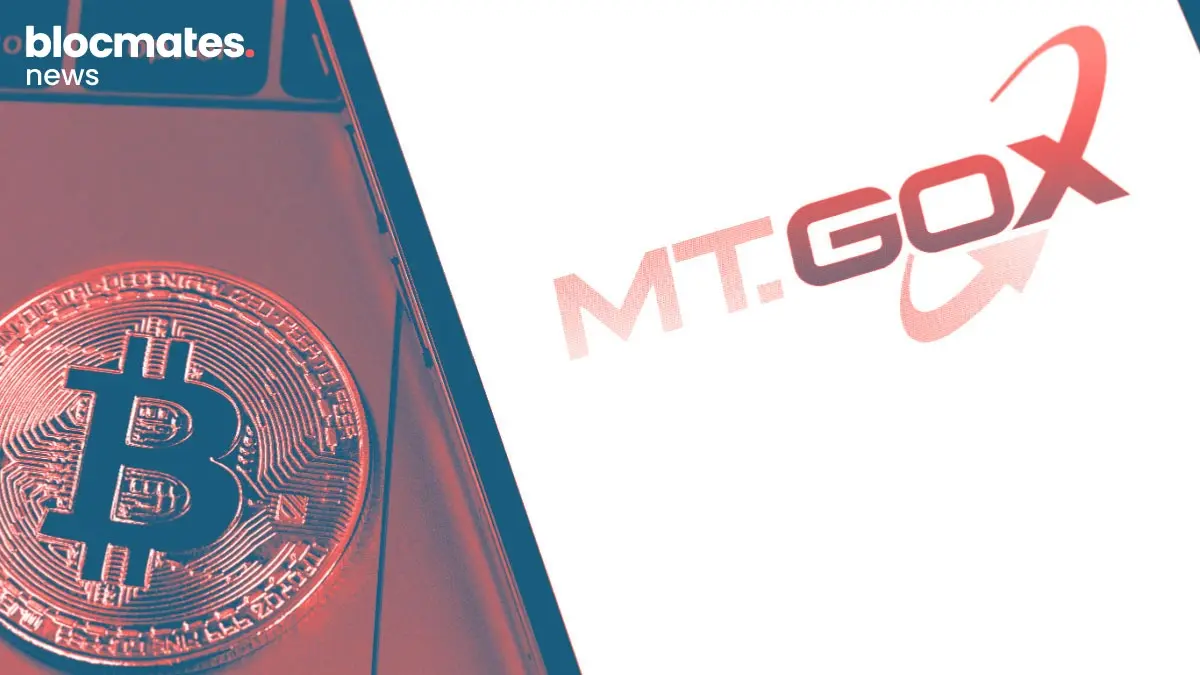




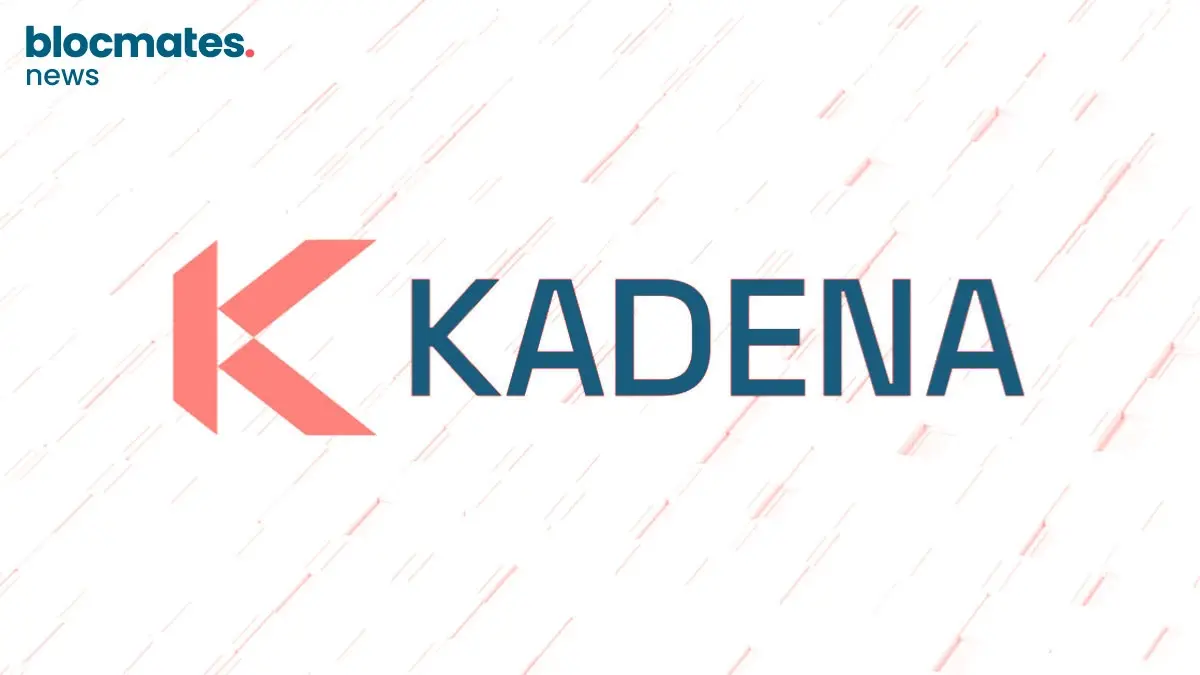


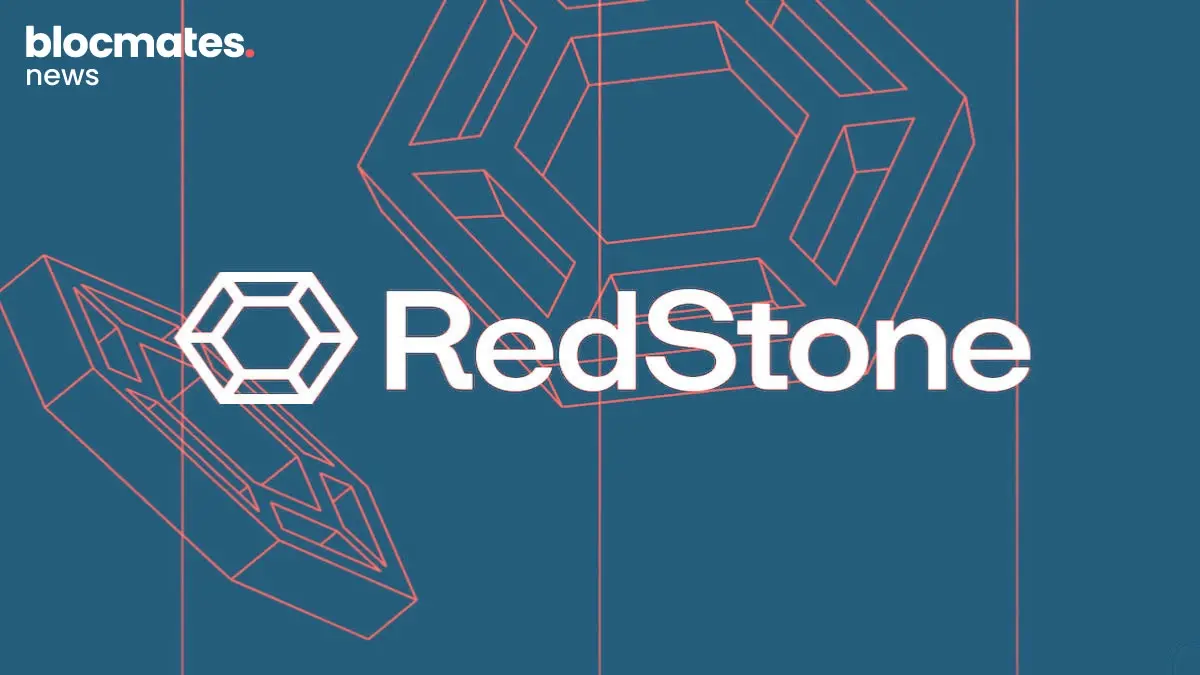
.webp)

.webp)
.webp)

.webp)


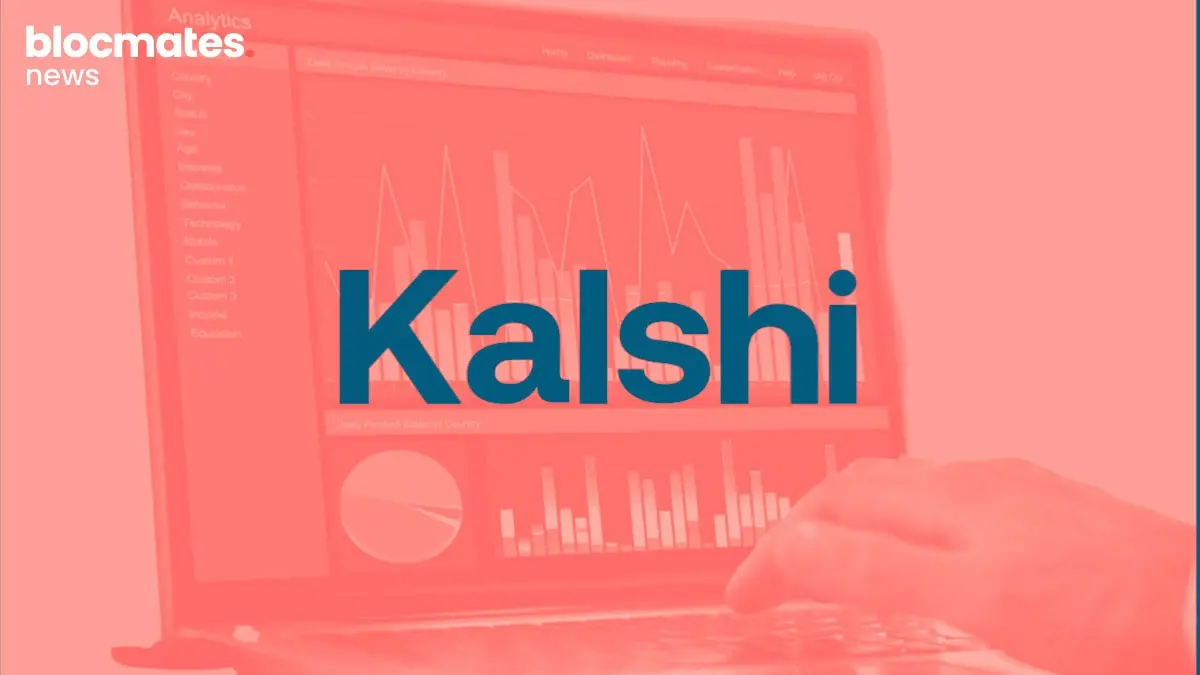





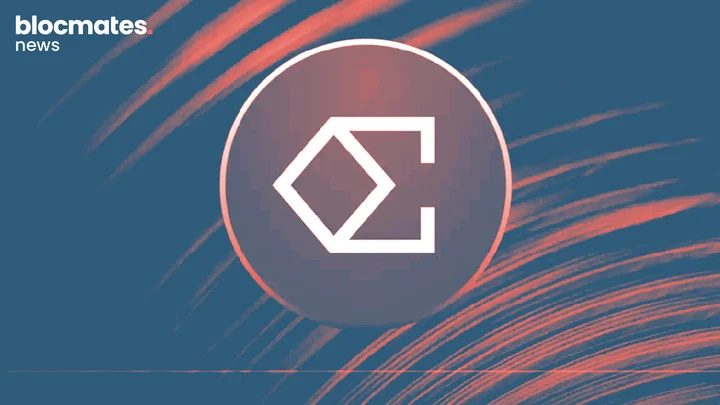





.webp)

.webp)


.webp)








.webp)





